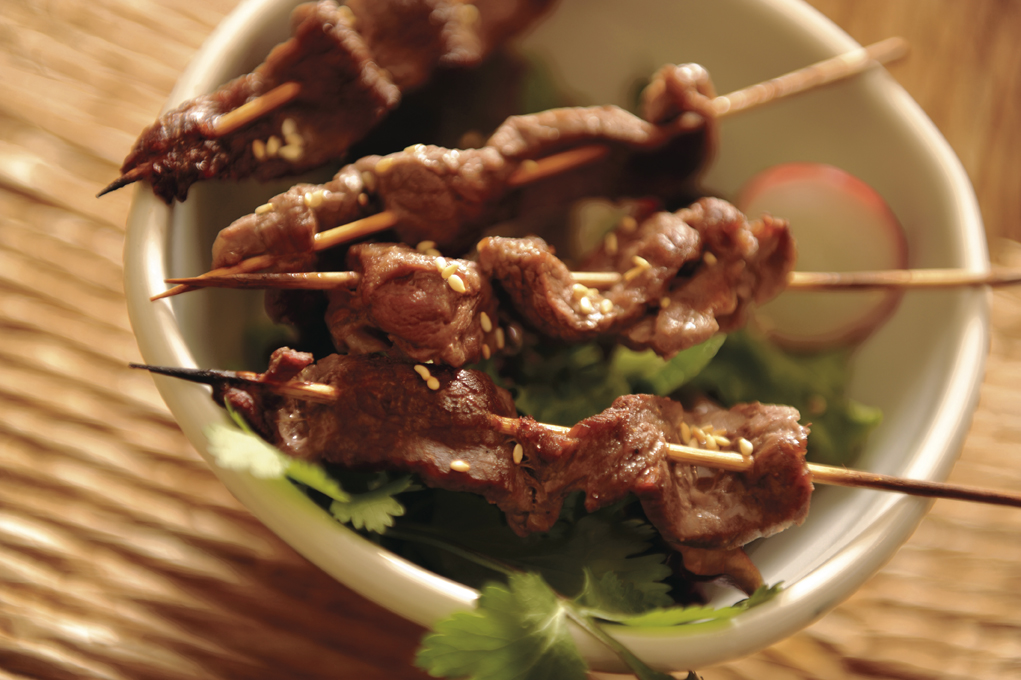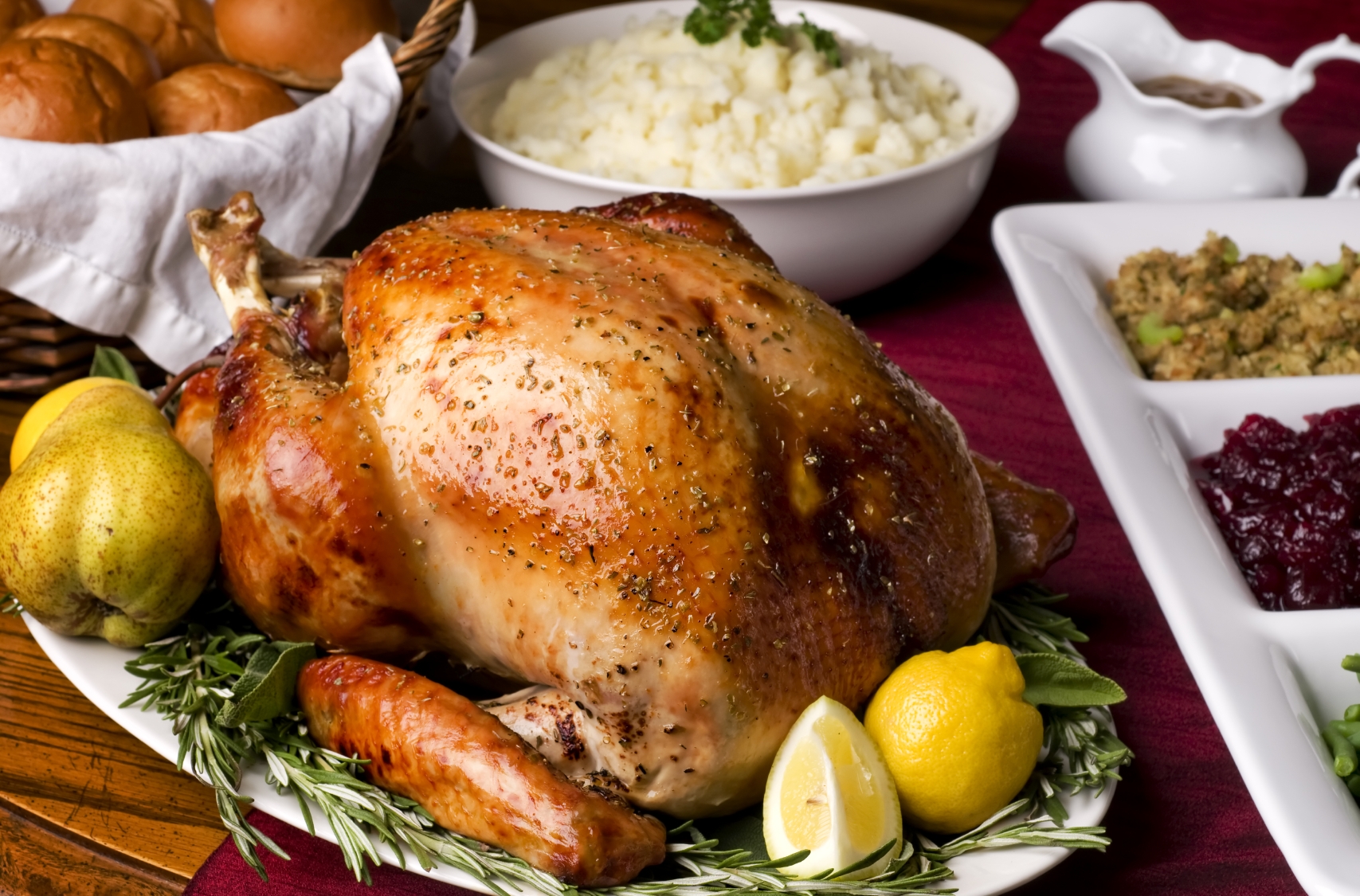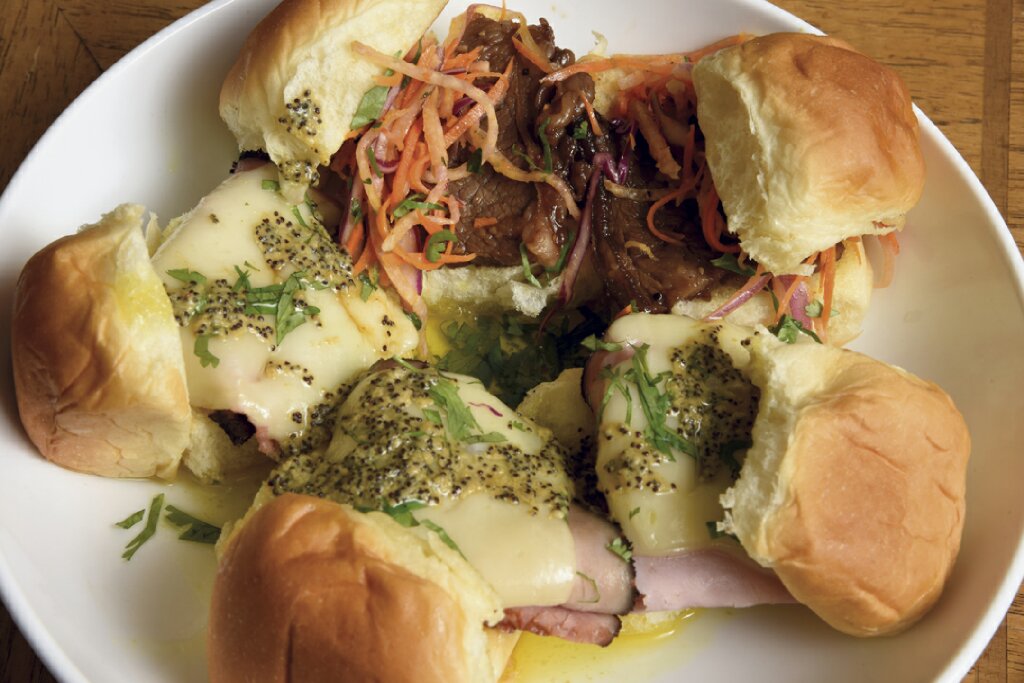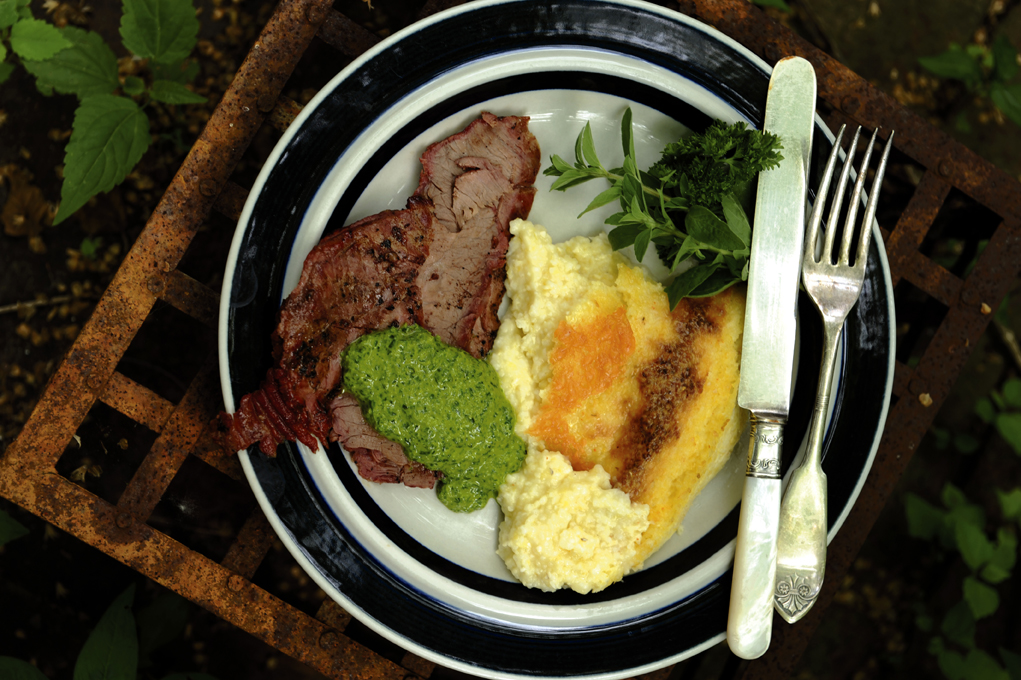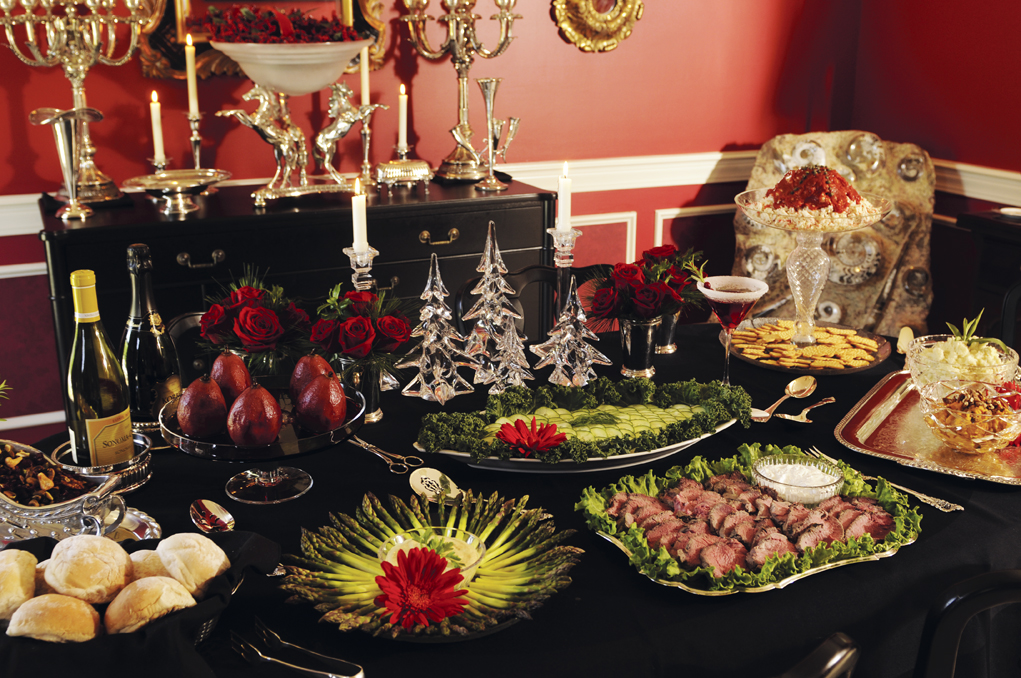Though you can’t tell it by the Toyotas and the UPS trucks, perhaps, Kentucky is an agriculture state.
Though manufacturing, services, mining and other industries contribute their part, Kentucky ranks fifth in the country in the number of farms.
Tobacco has supported those farms and farm families since time immemorial. But in the last decade or two, tobacco has provided less of a living. These days, beef accounts for a lot ofKentuckyfarm income. Farmers here raise more beef than any other state on this side of the Mississippi River(more than a million head). For some farmers, beef is taking the place of tobacco as their dependable source of annual income.
Traditionally, Kentucky farmers raised calves for a while, then sent them out west to be fattened in enormous feed lots where they were pushed into the industrial food system as anonymous beef.
But those days are changing. More Kentucky farmers — and many of them in counties around Louisville – are keeping the beef on the local farms where the animals are always allowed to feed on grass. Eating grass is good for beef — they aren’t meant to eat only corn and it hurts them to do it. It’s also better for our health. Beef from grass fed animals is better for us than feed lot beef. In addition,Kentuckyfarmers who raise cattle on pasture avoid antibiotics, steroids and hormones.
While many people extol the “locally grown” nature of the beef and its nutritional virtues, you don’t often hear the flavor discussed. My experience cooking this beef is that it is show-stoppingly fabulous — way more flavorful than supermarket beef. If you’ve ever heard people rave about farm-raised chicken tasting like “chicken used to taste,” you get some idea of the flavor of farm raised beef.
Start with a hamburger. I have skillet-fried hamburgers and served them on plain, white, supermarket buns (no smoky grilling, no artisan bread) that have caused people to stop mid-burger and gush about how tasty they are. Hamburgers made with Kentucky farm-raised beefhave become company food at our house.
Sometimes, especially when dealing with animals raised only on grass, people find they have to learn to cook differently. The meat toughens with high heat (so don’t brown short ribs or chuck roast before you braise it), and it takes more care to brown a steak without drying it out. But most animals in Kentucky are raised with constant grass access augmented with grain feeding once or twice a day, and they their meat cooks pretty normally.
You can find this type of beef at virtually any farmers market. In addition, you can find a list of farmers who sell beef directly to consumers, some of whom deliver it to you, at www.louisvillefarmtotable.org.
Grilled steak salad with Vietnamese flavors
(Serves 4)
This flavorful, high-protein dish uses the fresh mint and cilantro of early summer gardens (and farm markets). The beef is marinated and grilled medium rare over hot heat (so the outside gets very brown), then sliced thinly and arranged over salad greens. To make it fancy (or as a warm-weather appetizer), slice it before grilling, thread it on skewers and grill it quickly. If you’re having company, use fancier steak (strip or ribeye for instance) and more than what is called for here.
Remember fish sauce is stinky but makes a great tasting dish.
2 tablespoons sugar
¼ cup Asian fish sauce
Juice of 1 lime
1 clove garlic, minced
1 hot red chile (like Serrano), minced, or to taste (substitute ½ teaspoon crushed red pepper flakes)
¼ cup chopped cilantro
¼ cup chopped mint
1 to 1 ½ pounds beef steak of choice (sirloin, strip, flank etc.)
8 cups (2 quarts) mixed salad greens or torn lettuce
Put the sugar in a pie pan or large zipper-style bag and add remaining ingredients except beef. Stir or swish until sugar is dissolved. Add beef or beef strips and marinate overnight. Dry off the steak before grilling (lay strips on paper towels before you skewer them). Bring the marinade to a boil, then cool. Grill meat by your preferred method. When beef is cooked, slice thin and fan on top of lettuce greens. Drizzle with cooled marinade. If you’re cooking skewers, they take 3 minutes or so.

















